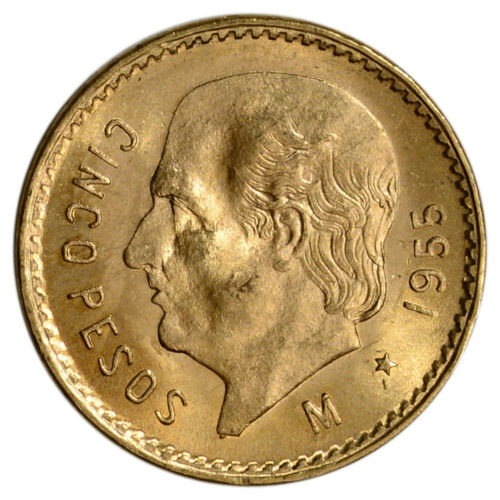-40%
Spade (AKA Hoe) Money of Pre-Columbian South America, (exact age unknown)
$ 105.07
- Description
- Size Guide
Description
This spade, oftenreferred to as "hoe" or "scrapper" currency is frequently called Aztec money, but this
is a misnomer; the Aztecs are not known to have used these copper or bronze hoes as a medium of exchange.
From what is known, metallurgy, and the resultant hoe money, originated in what is now Ecuador and Peru. The Sican, a pre-Inca culture (700 - 1100 A.D.), made extraordinary advances in metallurgy. They created alloys of copper-arsenic which was a brass-like metal. Copper from Peru was traded to the Ecuadorian cultures and then maritime traders from coastal Ecuador brought it to the peoples of west Mexico, the Mixtec, Zapotec and Tarascan. The introduction of these metals took place from 800 - 1200 A.D., also known as the post-Classical era in Mesoamerica. The Tarascan culture of west Mexico is known to have made metallurgical advances too.
Size: 6
inches wide and 4-3/8 inches top to bottom.
See photos for complete condition description.










